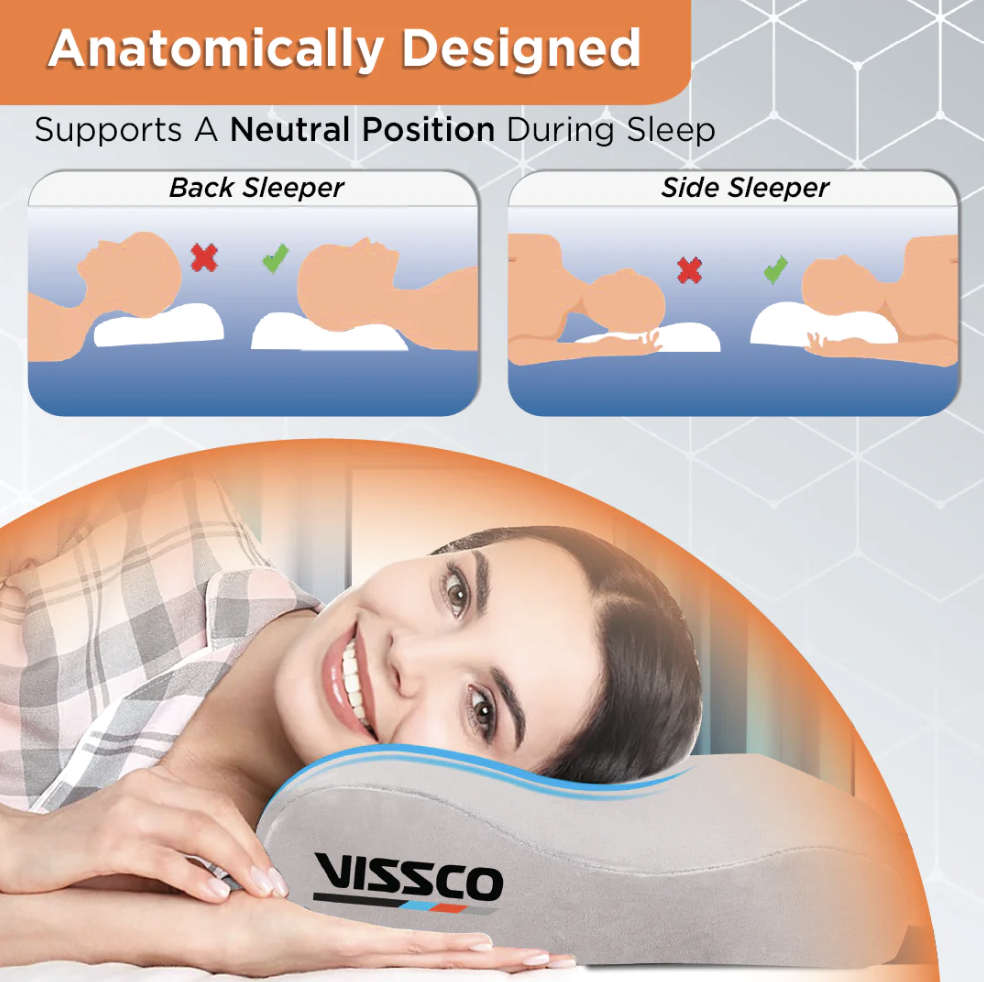The advancements in technology, as well as the global Covid-19 pandemic, made it possible for millions of people to benefit from telemedicine, or as it’s sometimes called, telehealth, e-health, or remote patient monitoring.
It’s a well-known fact that not all patients can access in-person care from health professionals, and there are varied reasons. Maybe they live in a geographical area that doesn’t allow them to make regular hospital visits, or perhaps they have chronic diseases that make travel challenging. Seniors, in particular, find it difficult to go to face-to-face doctor’s appointments. The lack of sound transportation or limited mobility are common issues among the elderly, so solutions had to be found. And they were found!
Telemedicine is now available for everyone who wants to keep track of their health from the comfort of their home, receive expert advice in a matter of seconds, or have control over a possible infectious illness like Covid-19. Thanks to telehealth, millions of seniors can benefit from healthcare services without exposing themselves to the risk of leaving their homes.
Now, it’s hard to say that telemedicine will successfully substitute physical healthcare, but it will undoubtedly play a significant role in the future of medicine.
Without further ado, let’s dive into the multiple benefits of telemedicine and also ways to help older adults make use of it:

Image source: https://unsplash.com/photos/cQ8FfVNvbew
What is telemedicine?
This concept may not be familiar to many, and it’s normal since remote patient monitoring has not been so common in the pre-pandemic period. Now, learn that the use of technology for health benefits is not as burdensome as it seems. Telemedicine implies phone or video appointments between patients and their physicians or healthcare practitioner. It’s vital to consult with a doctor in these testing times to ensure your health is in good condition or to track the evolution of a disease you might be suffering from. But when the public healthcare environments are not at a stone’s throw, seniors, especially the ones living in rural communities, find it difficult to keep their medical appointments. That’s why an impressive number of health organizations or health insurance companies are expanding their health options, making available to the elderly (and not only) telemedicine services. This is a great accomplishment, especially in light of the coronavirus pandemic.
How the elderly benefit from telemedicine
The ways telemedicine can ease seniors’ lives are not to be ignored. So, let’s find out how the use of technology proves to be beneficial in the hardest of times, that is, when your grandparents or other older relatives have their health at risk.
Comfort and convenience
Maybe the first advantage that comes to your mind when thinking about telemedicine is that it’s a more convenient and comfortable option. And that’s absolutely right. We all know how demanding it can be for seniors to go to their doctor, especially when living far away from their office. And, to be honest, not many older adults can drive, which does nothing but worsen the situation. In this case, other relatives or their caregivers (who are often relatives, too) are forced to take up more of their time transporting seniors to the hospital.
As you can see, telehealth eases not only the elderly’s lives but also that of their caregivers. If seniors don’t suffer from deadly diseases, such as stroke, cancer, Alzheimer’s, or chronic obstructive pulmonary disease (COPD), a virtual visit to their physician can reduce the travel burden. But in the case of the above-mentioned health issues, face-to-face interaction may be mandatory.
Better monitoring for improved health
Apart from the ease of keeping their medical appointments, seniors can also benefit from better monitoring from their physicians. This is due to the regular check-ins in terms of blood pressure or blood glucose and electrocardiogram (ECG), which allow doctors to gain more information regarding the seniors’ health condition. These insights help healthcare practitioners keep evidence of possible disease evolution and change treatment if the initial one doesn’t work.
Get a physician’s opinion whenever needed
No one chooses the moment they need health care. In fact, no one chooses at all to have health issues, but unfortunately, this happens to almost every human. Maybe the hospitals offer professional medical care, but they’re not always the most viable solution. Suppose your older adult needs urgent care in the middle of the night, there are telemedicine solutions to help them manage the situation better. If there’re no serious health complications, seniors can benefit from telemedicine consultations available 24/7. There will always be a healthcare practitioner to help you identify the problems and potential risks and prescribe a suitable treatment. Sometimes, there’s no need to spend hours in the emergency room (ER), particularly if older adults don’t have severe symptoms that endanger their lives. The times have changed, and now more than ever, technology is at your disposal. This way, if one of your old loved ones is suffering, they can benefit from proper care from the comfort of their sofa. Name it innovation if you want, but receiving medical care from anywhere, at any time, is definitely a thing!
Save money
As you can see, telemedicine reduces the number of unnecessary hospital visits and the hours spent in the ER while also reducing caregiver burnout, but did you know that it also saves money? Suppose we’re to think about the elderly people living in rural areas who also have a range of conditions and illnesses. In that case, telemedicine seems to be one of the most convenient solutions. Frequent visits to the hospital or physician cost money, to which other expenses such as medication are added. But why not save if you can do so? Remote monitoring devices and virtual consultations not only save energy but can also lower the cost associated with in-person appointments.
But as you may have guessed, the use of technology may cause problems among seniors (because they’re not used to it), so here are some little tips on how to help them use telemedicine:
– make sure you or another caregiver stays nearby
– ensure they have the proper technology
– go over what they want to talk about
– try a practice run


